
Viewing the Southern delta Aquariid Meteor Shower in 2022
One good thing about a Perseid maximum with lunar interference is that it guarantees that two weeks prior that the…

One good thing about a Perseid maximum with lunar interference is that it guarantees that two weeks prior that the…

The AMS received over 600 reports and several videos displaying a fireball event that occurred over Indiana and surrounding states on Sunday July 24, 2022, at 10:52 PM CDT. The AMS #2022-4290 event was mainly seen from Texas, but we also received reports from Oklahoma, and Louisiana.

Heat map and computed trajectory of the July 22nd fireball event over Indiana, USA on Friday July 22, 2022, at…
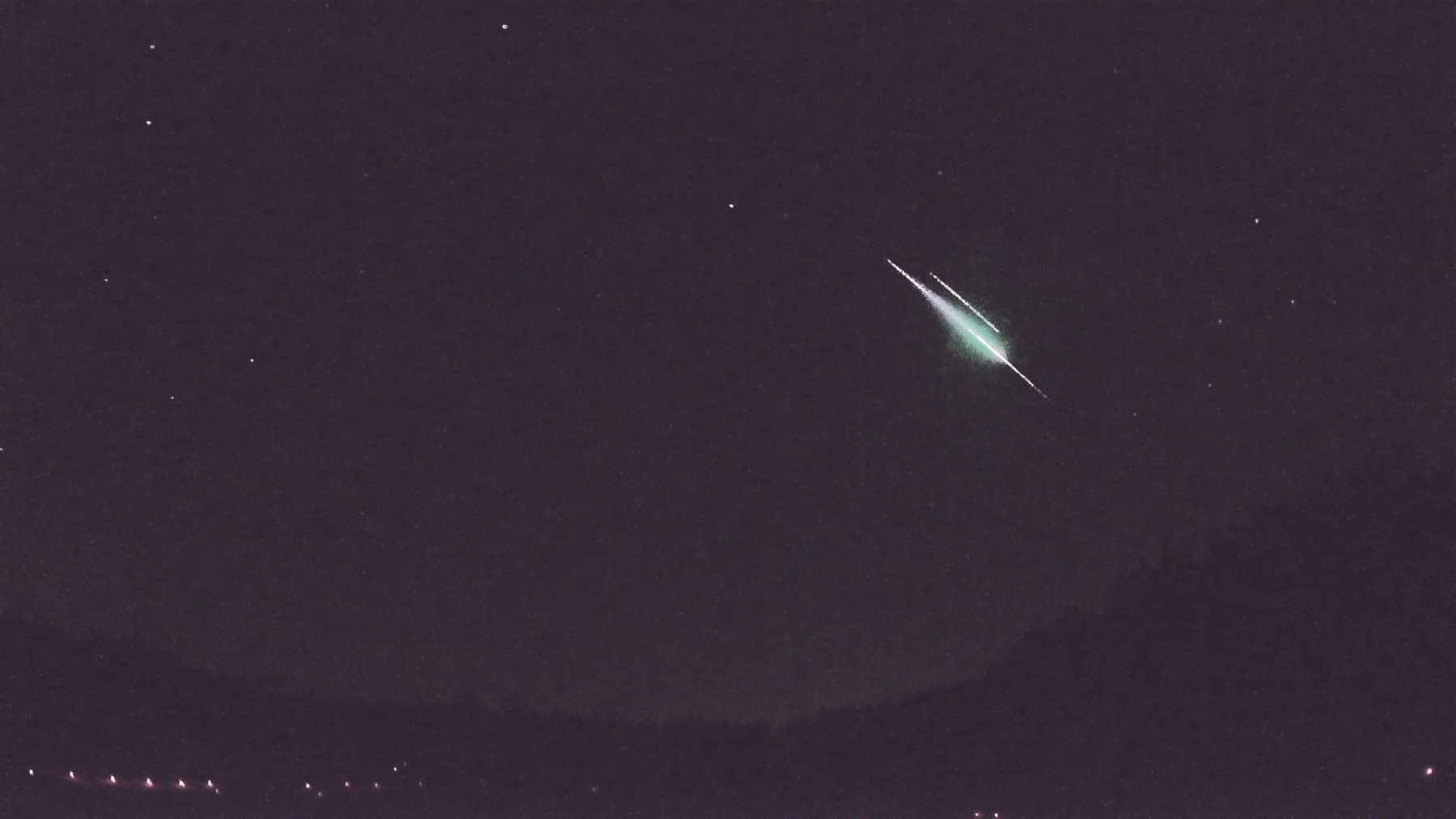
Ed Albin captured this brilliant fireball using his AllSky7 Meteor Patrol Camera System on May 7, 2022, at 04:47 EDT (8:47…

Daniel Bush captured this fireball low in the eastern sky at 03:42 UT (22:42 CDT) on April 19, 2022 (April…
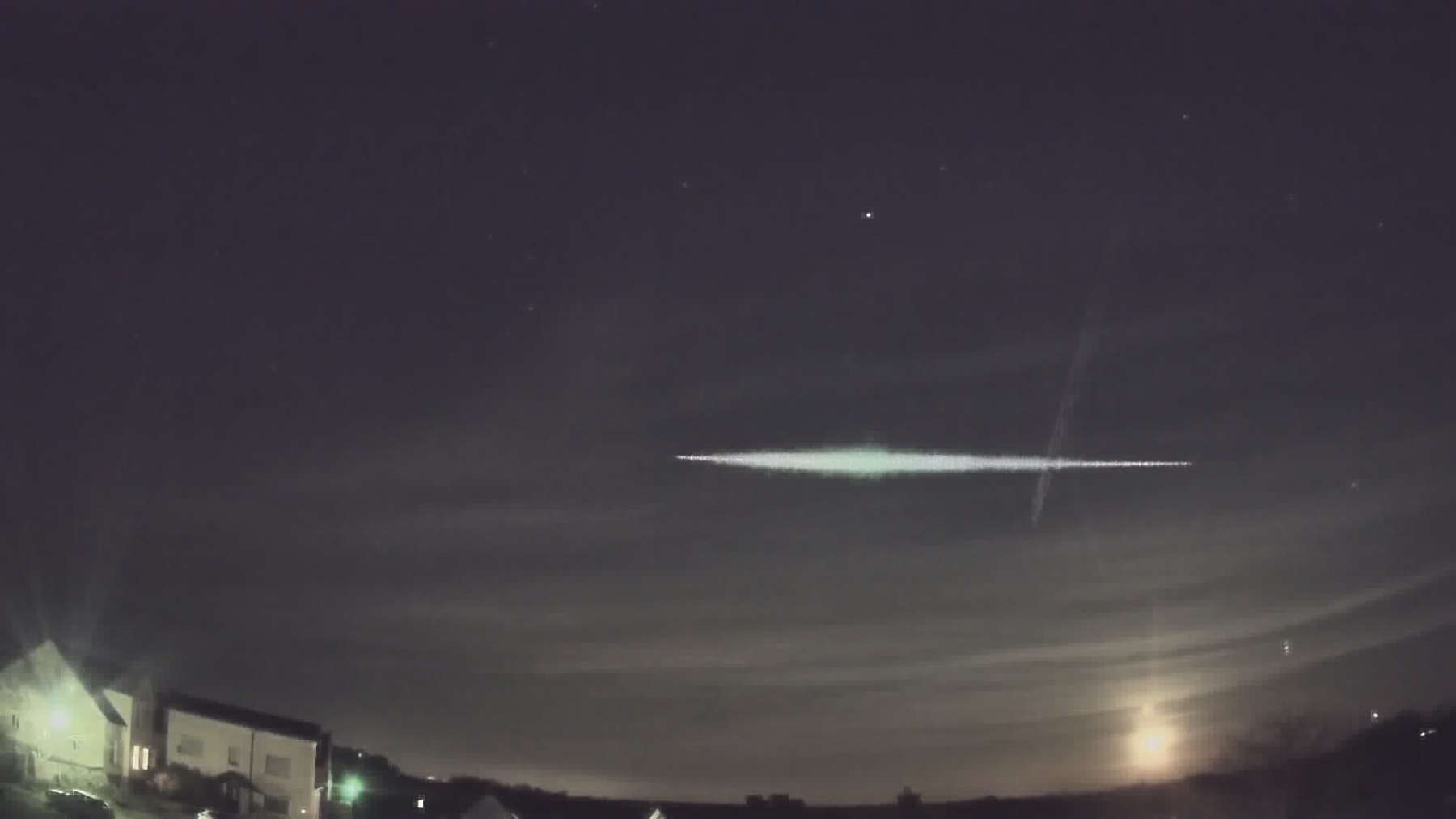
During this period, the moon reaches its full phase on Wednesday July 13th. At that time the moon is located opposite the sun and remains above the horizon all night long. This weekend the waxing gibbous moon will set during the early morning hours, allowing a few hours of observing time under dark skies.
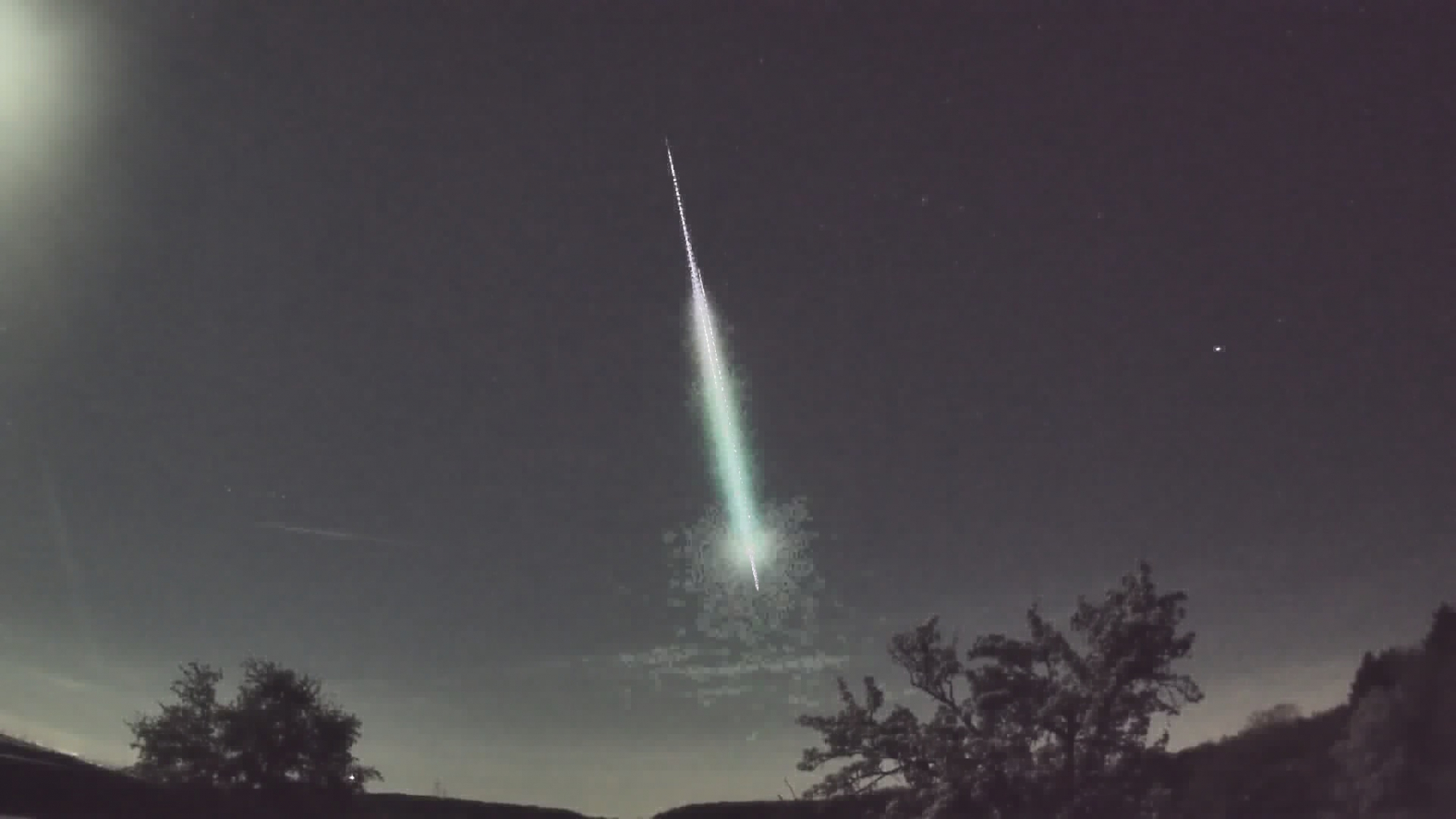
During this period, the moon reaches its first quarter phase on Thursday July 7th. At that time the moon is located 90 degrees east of the sun and will set near 01:00 local Daylight Saving Time (LDST). This weekend the waxing crescent moon will set during the evening hours and will not interfere with meteor observing during the more active morning hours.
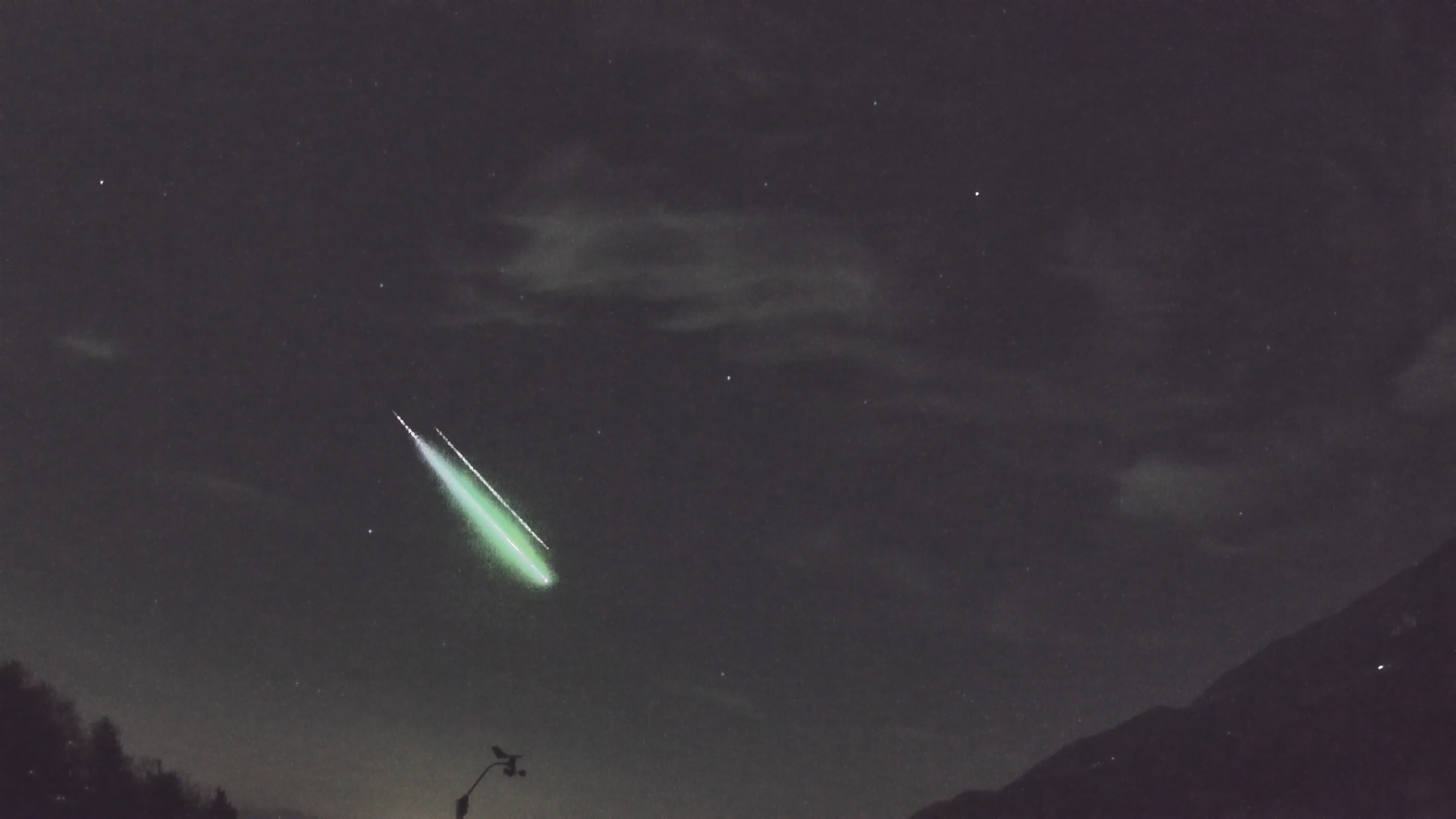
During this period, the moon reaches its new phase on Wednesday June 29th. At that time the moon is located near the sun and will be invisible at night. This weekend the waning crescent moon will rise shortly before dawn and will not interfere with meteor observing.

Neil Camden was one of many who caught this impressive fireball on April 9 , 2022, at 3:40 BST (2:40…
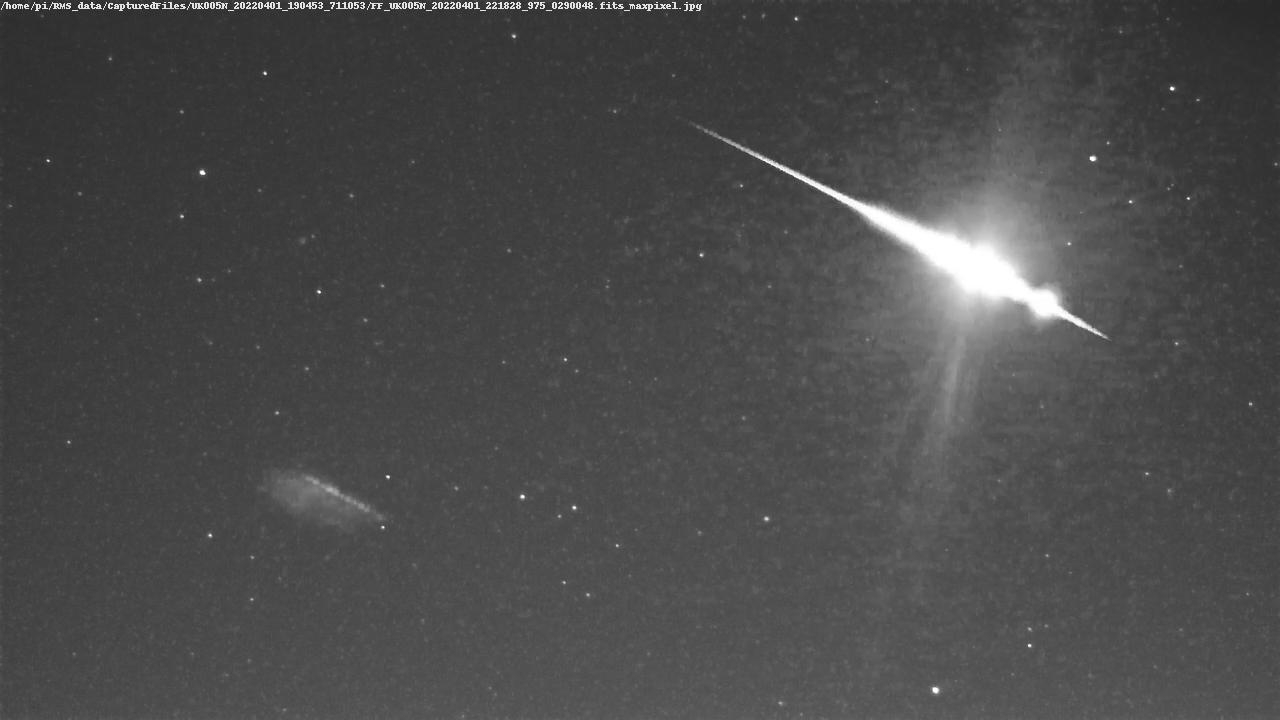
During this period, the moon reaches its first quarter phase on Tuesday June 7th. At that time the moon is located 90 degrees east of the sun and will set near 02:00 local daylight saving time (LDST). This weekend the waxing crescent moon will grace the evening sky but will set long before the more active morning hours arrive.

During this period, the moon reaches its last quarter phase on Sunday May 22nd. At that time the moon is located 90 degrees west of the sun and rises near 0200 local daylight saving time (LDST). As the week progresses, the moon sets approximately 45 minutes later each night, allowing meteor observers to view under better conditions during the more active morning hours.

On the morning of May 15, 2022, the Earth is expected to pass though a debris field created by the Apollo asteroid known as minor planet 2006GY2.
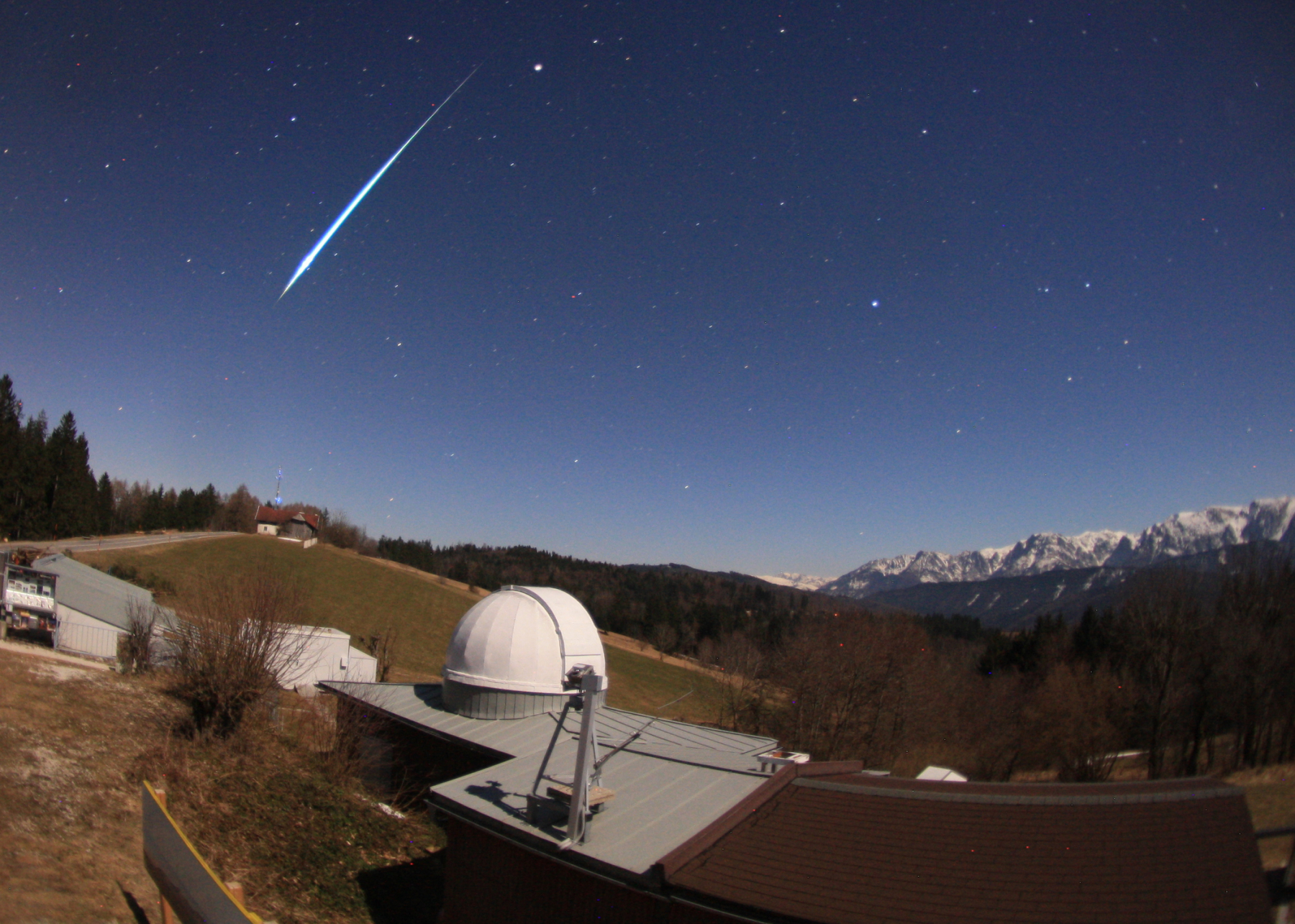
Erwin Filimon captured this fireball on March 13, 2022, at 23:40 CEST (22:40 UT) from near Weyregg am Attersee, Austria.…

During this period, the moon reaches its new phase on Saturday April 30th. At that time the moon is located near the sun and is not visible at night. As the week progresses, the moon enters the evening sky but will not interfere with the more active morning hours as it sets long before then.

Halley’s Comet particles Every year between mid-April and the end of May, the Earth encounters the outbound debris from Halley’s…

During this period, the moon reaches its last quarter phase on Saturday April 23rd. On that morning the half-illuminated moon will rise near 3:00 local daylight saving time (LDST) and will interfere with morning meteor observations the remainder of the night. As the week progresses, the moon rises later in the morning and by the end of the week the moon will rise near dawn, allowing dark skies the entire night.

During this period, the moon reaches its full phase on Saturday April 16th. At that time the moon will lie above the horizon all night long, making meteor viewing difficult at best. As the week progresses a small window of opportunity will open up to watch meteor activity under dark skies between dusk and moon rise. Unfortunately, this time of night produces the lowest meteor activity so activity will be sparse at best.
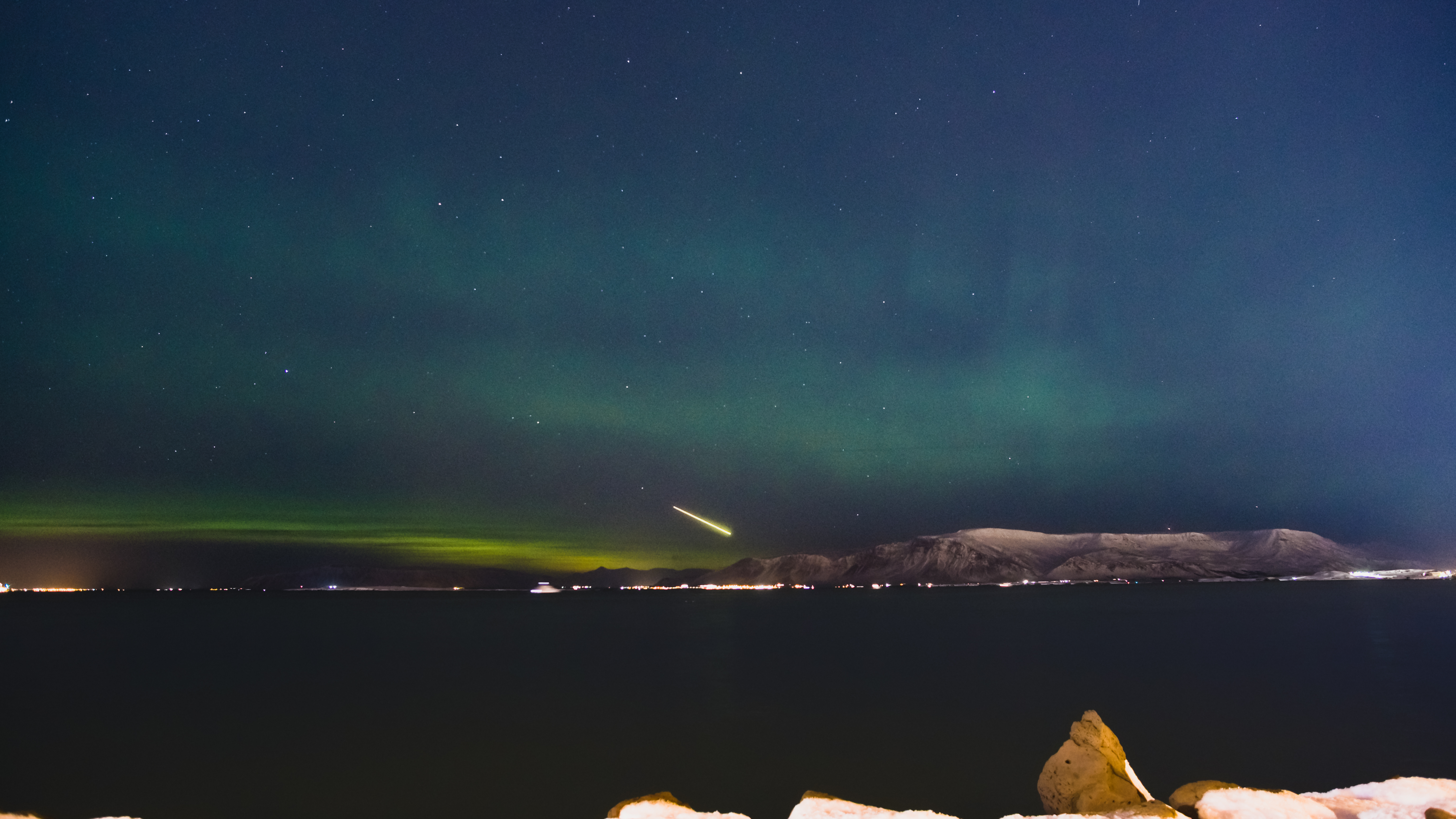
During this period, the moon reaches its first quarter phase on Saturday April 9th. The half-illuminated moon will interfere with evening and early morning meteor observations as it doesn't set until 03:00 local daylight saving time (LDST), allowing only a small remainder of the night to be free of interfering moonlight. As the week progresses, the moon sets later and later, interfering all night long by the end of the period.

During this period, the moon waxes from a thin crescent to nearly half-illuminated. This weekend the thin crescent moon will set shortly after dusk, so no moonlight will interfere during the remainder of the night. Late in the period the evening hours have interfering moonlight, but the more active morning hours are still free from any interference.

During this period, the moon reaches its new phase on Friday April 1st. At that time the moon lies near the sun and is invisible at night. This weekend the waning crescent moon will rise during the early morning hours and won’t interfere with meteor observing as long as you keep it out of your field of view.

During this period, the moon reaches its full phase on Friday March 18th. At that time the moon lies opposite the sun in the sky and lies above the horizon all night long. This weekend the waxing gibbous moon will set during the early morning hours but will not interfere with meteor observing during the more active morning hours, allowing a few hours of dark sky observing prior to dawn.